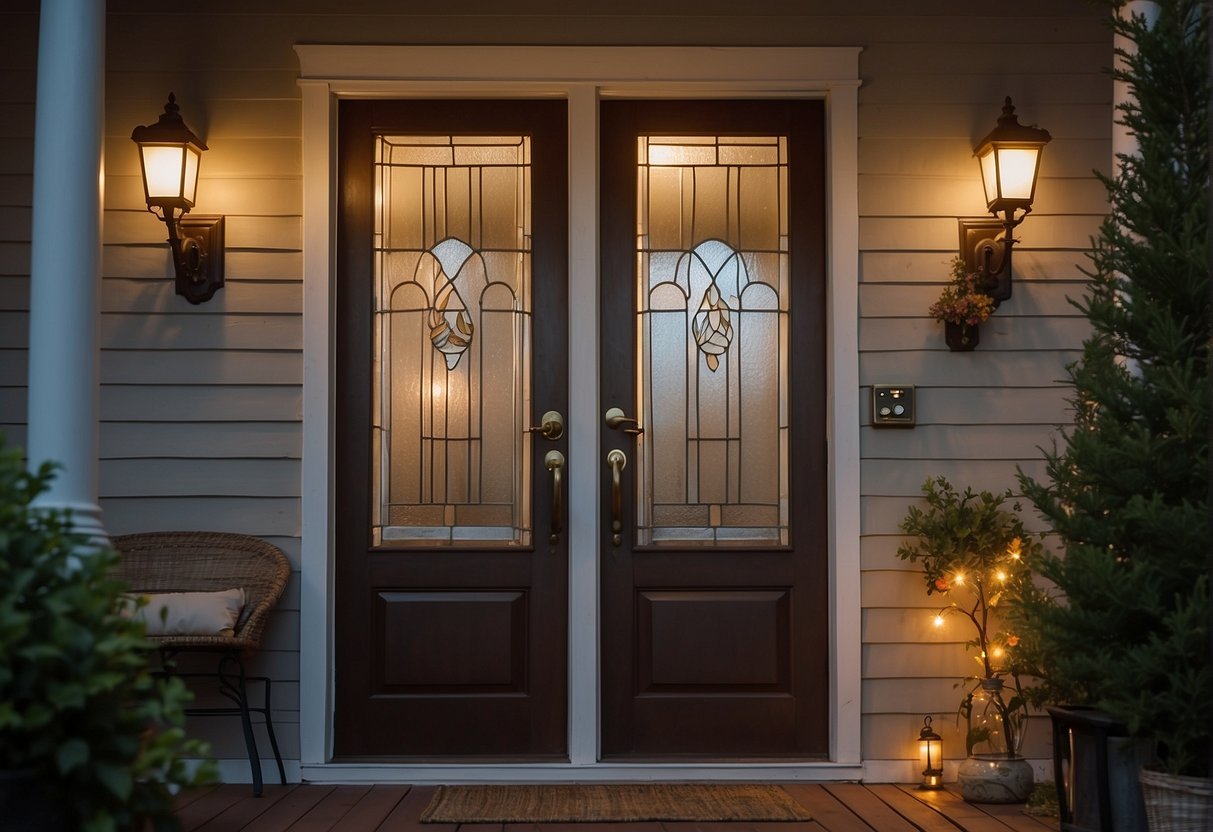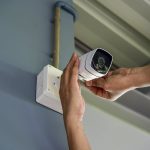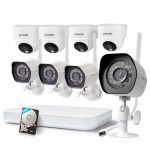I. Introduction
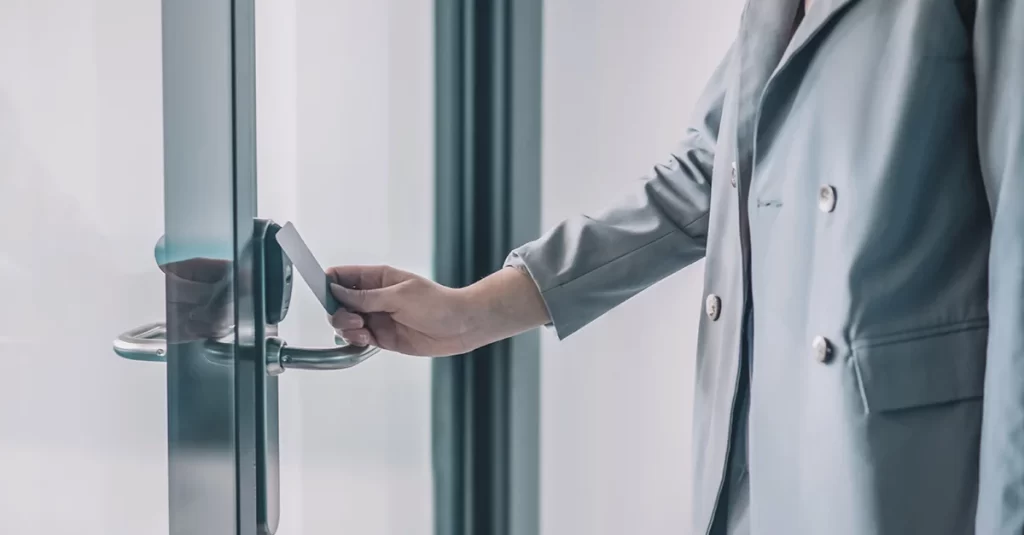
Home safety is a top priority for many individuals and families. While physical security measures such as locks and alarms are commonly used, it is important to understand the significance of non-physical security measures in ensuring the safety of your home. This article will explore the importance of these non-physical security measures and provide an overview of the content covered in this article.
II. Relying on Technology for Home Security
A. Installing a Home Security System
- Choosing the right security system for your needs When selecting a home security system, it is essential to consider your specific requirements. Factors such as the size of your home, your budget, and the desired level of protection should influence your decision.
- Understanding the features and benefits of a home security system Home security systems offer a range of features such as surveillance cameras, motion sensors, and alarms. Understanding the benefits of each component will help you make an informed decision about which features are most suitable for your home.
B. Utilizing Smart Home Technology
- Incorporating smart locks and keyless entry systems Smart locks provide convenient and secure access to your home. With keyless entry systems, you can control access from your smartphone and grant temporary or permanent access to authorized individuals.
- Using security cameras and video surveillance Security cameras and video surveillance systems allow you to monitor your home remotely. They provide both a deterrent effect and valuable evidence in the event of a security breach.
- Implementing motion sensors and alarms Motion sensors are an effective way to detect any unauthorized movement within your home. Coupled with alarms, they can notify you of any potential threats and help deter intruders.
III. Implementing Digital Security Measures
A. Strengthening Passwords and Access Controls
- Creating strong, unique passwords for all devices and accounts Using weak, easily guessable passwords can compromise the security of your devices and online accounts. Implementing strong, unique passwords that include a combination of letters, numbers, and symbols is crucial.
- Enabling two-factor authentication for added security Two-factor authentication adds an extra layer of security by requiring a second form of verification, such as a code sent to your smartphone, in addition to your password.
B. Securing your Wi-Fi Network
- Setting a strong Wi-Fi password Protecting your Wi-Fi network with a strong password is essential to prevent unauthorized access to your devices and personal information.
- Changing the default SSID and disabling remote login Changing the default network name (SSID) and disabling remote login on your router are simple yet effective ways of safeguarding your Wi-Fi network from potential attackers.
- Regularly updating router firmware for enhanced security Router manufacturers often release updates to address security vulnerabilities. It is important to regularly check for and install these firmware updates to ensure your network remains secure.
IV. Practicing Cybersecurity and Privacy Measures
Nowadays, with the increasing reliance on technology and the internet, it is more important than ever to prioritize cybersecurity and privacy. By taking simple steps to protect yourself and your personal information online, you can greatly reduce the risk of falling victim to cybercrimes. In this section, we will explore some effective cybersecurity and privacy measures that you can practice.
A. Being Mindful of Social Media and Online Presence
- Limiting personal information shared online
When it comes to sharing personal information online, less is always more. Be mindful of the information you share on social media platforms and other online platforms. Avoid sharing sensitive details, such as your full name, address, phone number, or financial information. Cybercriminals can use this information for malicious purposes, such as identity theft or fraud.
- Adjusting privacy settings on social media platforms
Take the time to review and adjust the privacy settings on your social media accounts. Make sure that only your trusted friends and connections can view your personal information and posts. Limit the visibility of your profile to prevent unauthorized access or unwanted attention. Regularly review and update your privacy settings as necessary to stay protected.
B. Regularly Updating Software and Devices
- Installing updates and patches for improved security
Software updates and patches are crucial for maintaining the security of your devices. Manufacturers and developers release these updates to address vulnerabilities and patch security flaws. Make it a habit to regularly check for updates on your operating system, applications, and other software. Install these updates promptly to ensure that you are using the latest, most secure versions.
- Keeping antivirus software up to date
Antivirus software plays a vital role in protecting your devices from malware and other cyber threats. However, it is only effective when it is up to date. Keep your antivirus software updated with the latest virus definitions and security patches. Set it to automatically update, ensuring that you are continuously protected against new threats.
C. Educating Yourself and Family Members
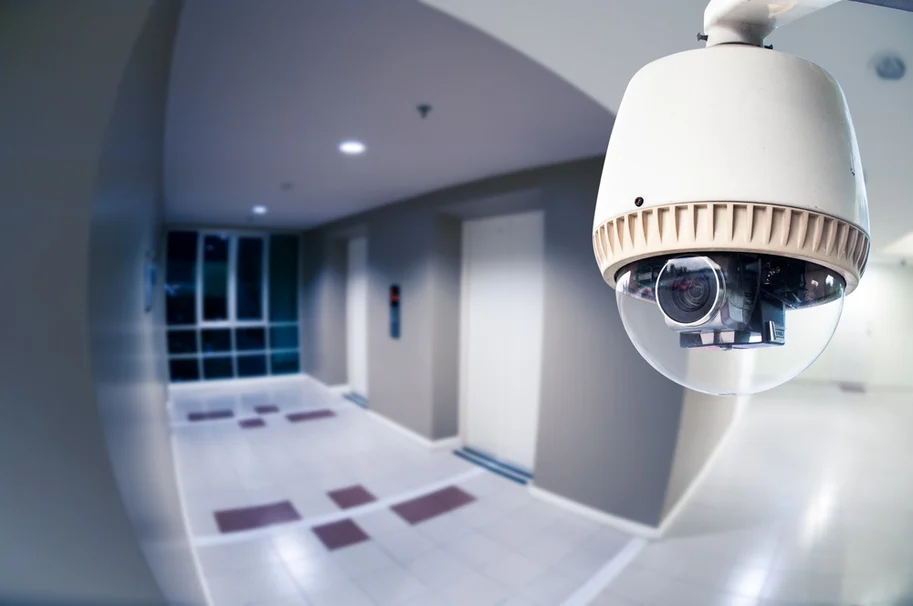
- Increasing awareness of online scams and phishing attacks
Scammers and cybercriminals are constantly evolving their tactics to deceive unsuspecting individuals. Educate yourself and your family members about common online scams and phishing attacks. Learn to identify red flags, such as suspicious emails, fake websites, or requests for personal information. By being aware, you can avoid falling victim to these scams.
- Promoting safe browsing habits and avoiding suspicious websites
Encourage safe browsing habits among your family members. Teach them to only visit reputable websites and to be cautious when clicking on links or downloading files. Warn them about the dangers of visiting suspicious or potentially malicious websites. To further enhance online safety, consider using web filters and parental control tools to block access to harmful or inappropriate content.
V. Integrating Non-Physical Security Measures with Physical Measures
Securing your home or office involves more than just physical measures like locks and alarms. By integrating non-physical security measures, you can create a comprehensive security plan that provides enhanced protection.
A. Creating a Comprehensive Security Plan

- Assessing the specific security needs of your home
Start by evaluating the specific security needs of your home or office. Consider factors such as location, crime rates, and the value of your assets. Identify vulnerabilities and potential risks, such as weak entry points or areas with limited visibility. This assessment will help you develop an effective security plan tailored to your specific needs.
- Combining physical measures, such as locks and alarms, with non-physical measures
Physical security measures are important, but they should be complemented with non-physical measures for enhanced protection. Consider implementing measures such as surveillance cameras, motion sensor lighting, and access control systems. Incorporate cybersecurity measures such as network firewalls, intrusion detection systems, and data encryption. By combining physical and non-physical measures, you can create multiple layers of security.
B. Investing in Professional Monitoring Services

- Exploring options for professional security monitoring and emergency response
Professional monitoring services provide an extra layer of security by offering round-the-clock surveillance and emergency response. Research and explore different options for professional security monitoring services in your area. Look for reputable companies that offer services such as alarm monitoring, remote surveillance, and emergency dispatch. Having professionals monitor your property can give you peace of mind knowing that any security breaches will be handled promptly.
- Understanding the benefits and costs associated with professional monitoring
Before investing in professional monitoring services, it is essential to understand the benefits and costs involved. While professional monitoring can be a valuable asset for many, it is not necessary for everyone. Consider factors such as the size of your property, the level of security you require, and your budget. Compare different monitoring packages and evaluate their features and pricing to make an informed decision.
In conclusion, prioritizing cybersecurity and privacy measures is crucial in today’s digital age. By being mindful of the information you share online, regularly updating your software and devices, and educating yourself and your family members about online risks, you can greatly reduce the chances of falling victim to cyber threats. Additionally, by integrating non-physical security measures with physical measures, such as creating a comprehensive security plan and investing in professional monitoring services, you can ensure the safety and protection of your home or office. Stay proactive and vigilant in implementing these measures to safeguard your digital and physical assets.
